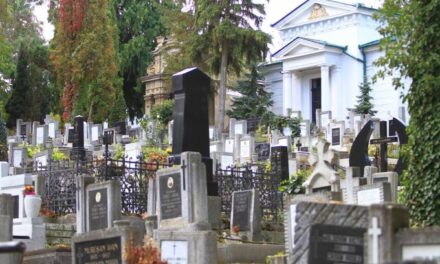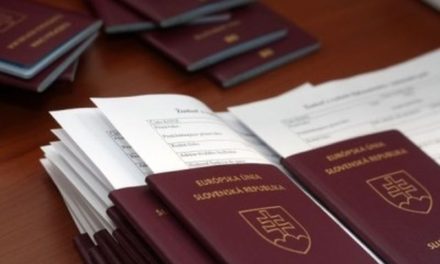Although the coronavirus epidemic has significantly reduced the activities of the Association of Hungarians in Bohemia and Moravia (CSMMSZ) in the last two years, the largest NGO of Hungarians in the Czech Republic managed to keep its local associations and membership in all seven cities even during this difficult period. Gondola asked writer and journalist János Kokes from Prague.
- Mr. Editor, the association continues to pay special attention to the strengthening of the national identity of Hungarians living in the Czech Republic, as well as the preservation and nurturing of Hungarian cultural traditions. In addition to guarding and nurturing, how can our Hungarians in Bohemia and Moravia continue to enrich Hungarian culture with new values?
- The vast majority of Hungarians living in the Czech Republic, more than 90 percent, come from the most diverse towns and villages in the areas inhabited by Hungarians in today's Slovakia. They brought with them the Hungarian culture and customs of their narrower homeland, which are then uniquely combined in the local Hungarian communities in the Czech Republic. Since we Hungarians are not indigenous to the Czech land, we cannot speak of an independent Hungarian culture in the Czech Republic. However, it is about the fact that, while there was no independent, significant Hungarian social and cultural life in the Czech Republic before the regime change in 1989, today there is, thanks to the self-organization of the Hungarians living here.
What enriches Hungarian culture? I wouldn't say that we enrich it with any new things. I would rather say that as a result of our activities, many lesser-known or almost unknown Hungarian memories from the Czech Republic are gradually entering the Hungarian public consciousness. The cooperation with the Hungarian embassy in Prague is very good in this area. We could talk about several specific memorial sites, which until now were not generally known, but which were first described in more detail by our association's bimonthly magazine, Pragai Tükör, and brought to the Hungarian public's attention in recent years.
Examples include the mausoleum in Hranice in Central Moravia, where the ashes of 230 Hungarian World War I soldiers rest in stone coffins, the Hungarian monuments of the Prague-Břevnov monastery or the "Hungarian" Reformed church in Libiš. Unfortunately, not many people know about them, but they are worth visiting. And the list could be continued.
– The CSMMSZ was founded in 1990 and is the largest and most influential organization of Hungarians in the Czech Republic, which currently numbers around 8,000 people. It operates in seven local associations - Brno, Karlovy Vary, Lovosice, Pilsen, Prague, Ostrava, Teplice. How can Hungarian tourists from Inner Hungary, Transylvania, and Southern Hungary get in touch with the organizations so that they can meet local helpers when visiting the region?
- Their contact information can be found on our organization's website - http://www.csmmsz.cz. CSMMSZ is not a travel agency, it does not deal with tourism, but several of our members - mainly in Prague and Brno - provide services as tour guides, interpreters, translators, basically for Hungarian-speaking visitors and tourists visiting the Czech Republic. The center and local associations can also provide their availability. Phone numbers and email addresses can be found on our website.
– The association publishes the social and cultural magazine Pragai Tükör, which is published six times a year in a thousand copies, and is the only national Hungarian-language newspaper in the Czech Republic. Lucie Szymanowska, a Czech translator who was awarded the Bálint Balassi Memorial Sword, was an important colleague of this press organ How do Czech sympathizers strengthen the organization?
- It should not be forgotten that the Hungarians in the Czech Republic live scattered and dispersed and live their daily lives in a Czech environment. It is clear that their largest organization, the CSMMSZ, also operates in a Czech social and linguistic environment, it is impossible to be independent from this, it has a decisive influence on our existence. The husbands, wives, and partners of many of our members are Czech or Slovak, and our events are often visited not only by them, but also by Czechs who sympathize with Hungarians and like Hungarian culture and gastronomy. It can therefore be said - and this is proven by our experience - that our events, to a greater or lesser extent, spread Hungarian culture in the Czech environment and bring Czechs closer to understanding Hungarian culture, and Hungarians in general. As an example, I can mention that many Czechs regularly appear at the annual Hungarian Ball in Prague, they feel good there, several people met there, and even a marriage between two Czech people was born out of this acquaintance. If possible, they never miss the Hungarian Ball in Prague.
Source: Gondola
Author: Pál Molnár
(On the cover photo: The opening dance of Nyitniké and Mille Domi at the Hungarian Ball in Prague. Photo: petofiprogram.hu)












